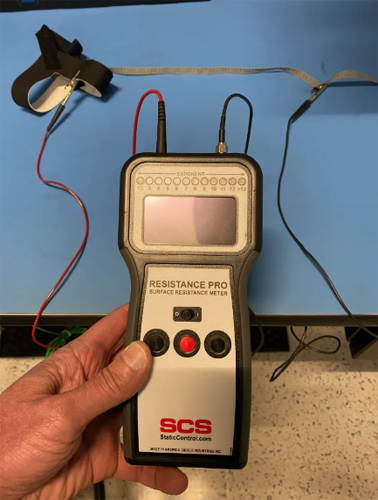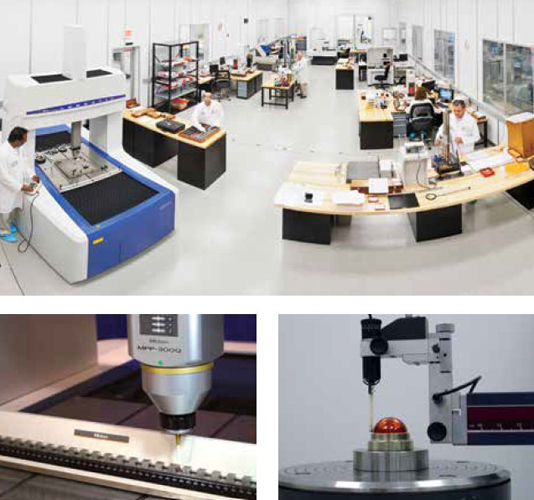
Seat Tightness of Pressure Relief Valves testing with air
Determining seat tightness of PSV with air. The leakage rate is measured using a tube with an outside diameter of % inch (7.9 millimeters) and a wafl thickness of 0.035 inch (0.89 millimeter). The tube end is cut square and smooth, and the tube opening is % inch (12.7 millimeters) below the surface of the water. The valve is vertically mounted on a test stand, and the test apparatus is attached to the valve outlet. All valve openings must be closed.
For valves with a set pressure greater than 50 pounds per square inch gauge (345 kilopascals gauge), the leakage rate in bubbles per minute is determined with the test pressure at the valve inlet held at 90% of the set pressure. For valves set at 50 pounds per square inch gauge or less, the test pressure is held at 5 pounds per square inch (34.5 kilopascais) less than the set pressure.
Before the leakage test, the set pressure is demonstrated and all valve body joints and fittings are checked with a suitable solution to ensure tightness. The test pressure is applied for at least 1 minute for valves with nominal pipe sizes of 2 inches (50 millimeters) or smaller, 2 minutes for valves with nominal pipe sizes of 2%, 3, or 4 inches, and 5 minutes for valves with nominal pipe sizes of 6 inches or larger. The valve is then observed for leakage for at least 1 minute.




